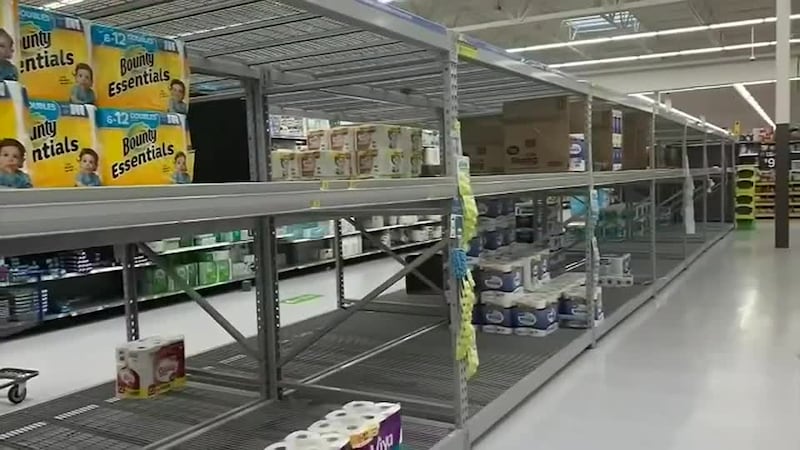PITTSBURGH — The pandemic reshaped the workforce and put a strain on our region’s economic recovery. So, where did all the employees in western Pennsylvania go? Channel 11 found out the answer is not simple and there’s not an easy fix to what is expected to be an ongoing problem.
“My plan was always from day one was to retire in October of 2021. So, I went in April, and I’m happy I did,” said Duane Gallo of Perryopolis.
Plowing the fields is Duane Gallo’s new retirement hobby. He worked his way up from a postal carrier to a supervisor working at the U.S. Post Office for 34 years. The COVID-19 pandemic changed his plans, leading him to take a penalty and retire six months early.
“It wasn’t the fact that I was concerned about getting sick. That had nothing to do with it,” explained Gallo. “I’m working 12 to 14 hours a day. That workload tremendous, people we did hire when they would come in, find out what their workload was and how overwhelming it could be, and quit within a day or two.”
Not being able to find employees, picking up extra routes and managing customer complaints all added up. The stress became unbearable impacting his relationships with his family. The post office was one of many essential businesses where workers continued to report every day and the industry saw the demand of more packages being sent.
Gallo is one of many who walked away earlier than they planned. An aging workforce makes up a big portion of western Pennsylvania, and the Allegheny Conference of Community Development, which tracks our region’s economy, said the labor force shortage was accelerated by the pandemic.
TRENDING NOW:
“Even before the pandemic there was a decrease in the working age population, and we had record high retirements in 2020,” said Allegheny Conference vice president of market research Jim Futrell.
Many people suspected the lack of employees earlier was because people chose to stay on the extra pandemic unemployment benefits. The September numbers from the Unemployment Claims Report was released this month and revealed that continued unemployment claims remain at the lowest point since the pandemic started and fell more with the enhanced benefits ending.
Futrell explained there are other factors also contributing to the ongoing labor shortages for our region like families opting to stay on one income, early retirements and career changes.
Christopher Angelo of Whitehall was one of many people who made a career change.
“When Covid-19 hit, we were furloughed, we all left the building and literally four days later, we were all hit with a company bankruptcy.”
He worked for Levin Furniture for 20 years and could have gone back to the company when they reopened, but he’d already changed directions and invested in the new path.
“I jumped in with real estate and really never looked back,” said Angelo. “You know how to sell, you know how to treat people and you take those qualities and you put them into something completely different.”
Futrell says our region is about 60,000 jobs short compared to pre-pandemic employment levels. Two-thirds of our economy is tied to demand for goods and services so businesses must compete for similar employees.
“Companies that have not traditionally been hiring, such as Amazon, Giant Eagle, CVS, are now hiring from that pool of workers that might traditionally look for a job in leisure and hospitality,” said Futrell.
Futrell says data points to a challenge, but there is a stable workforce for our region right now and he expects it to grow slowly. That means when you go about your daily routine now you might face longer wait times, which have been very noticeable to Angelo.
“It’s very apparent anywhere you go whether you’re in retail, if you’re in a restaurant, doctors’ offices, car dealerships, everybody is shorthanded right now,” said Angelo.
Another aspect to the changing workforce is more desire for flexibility among employees. Futrell said employees have a greater voice and that employers should be aware and try to work with employees.
©2021 Cox Media Group








